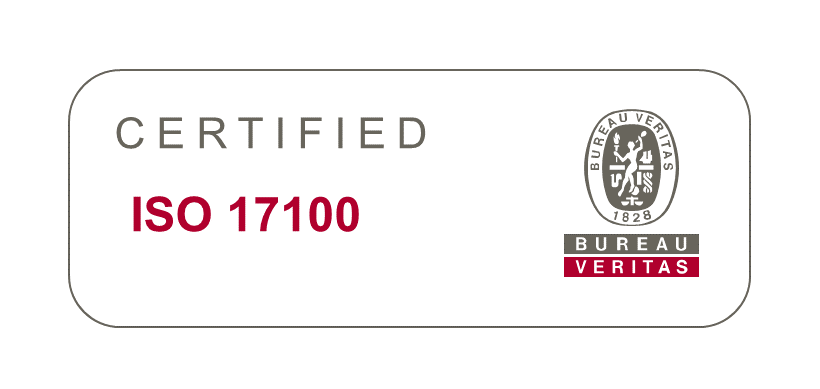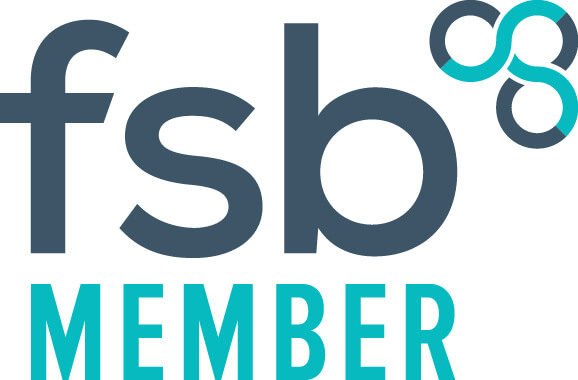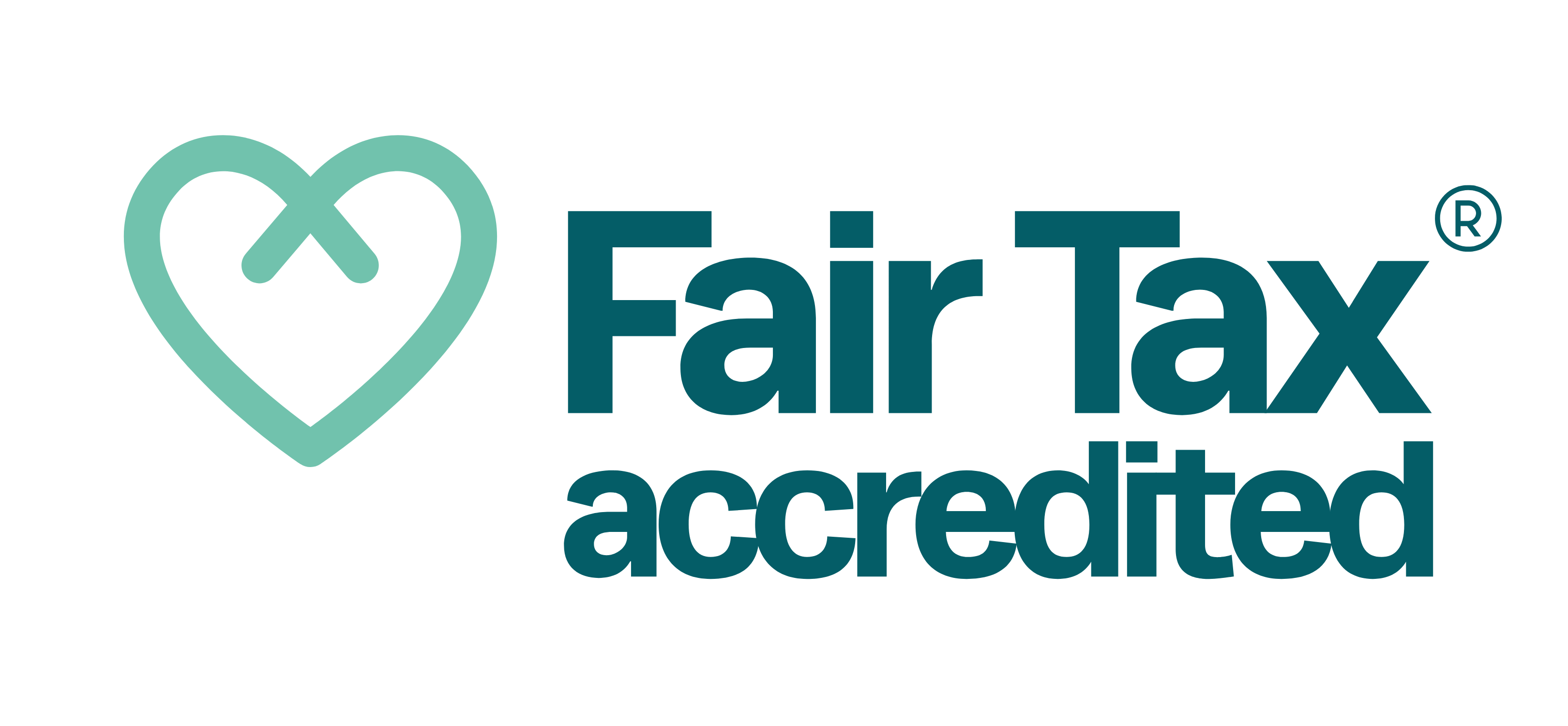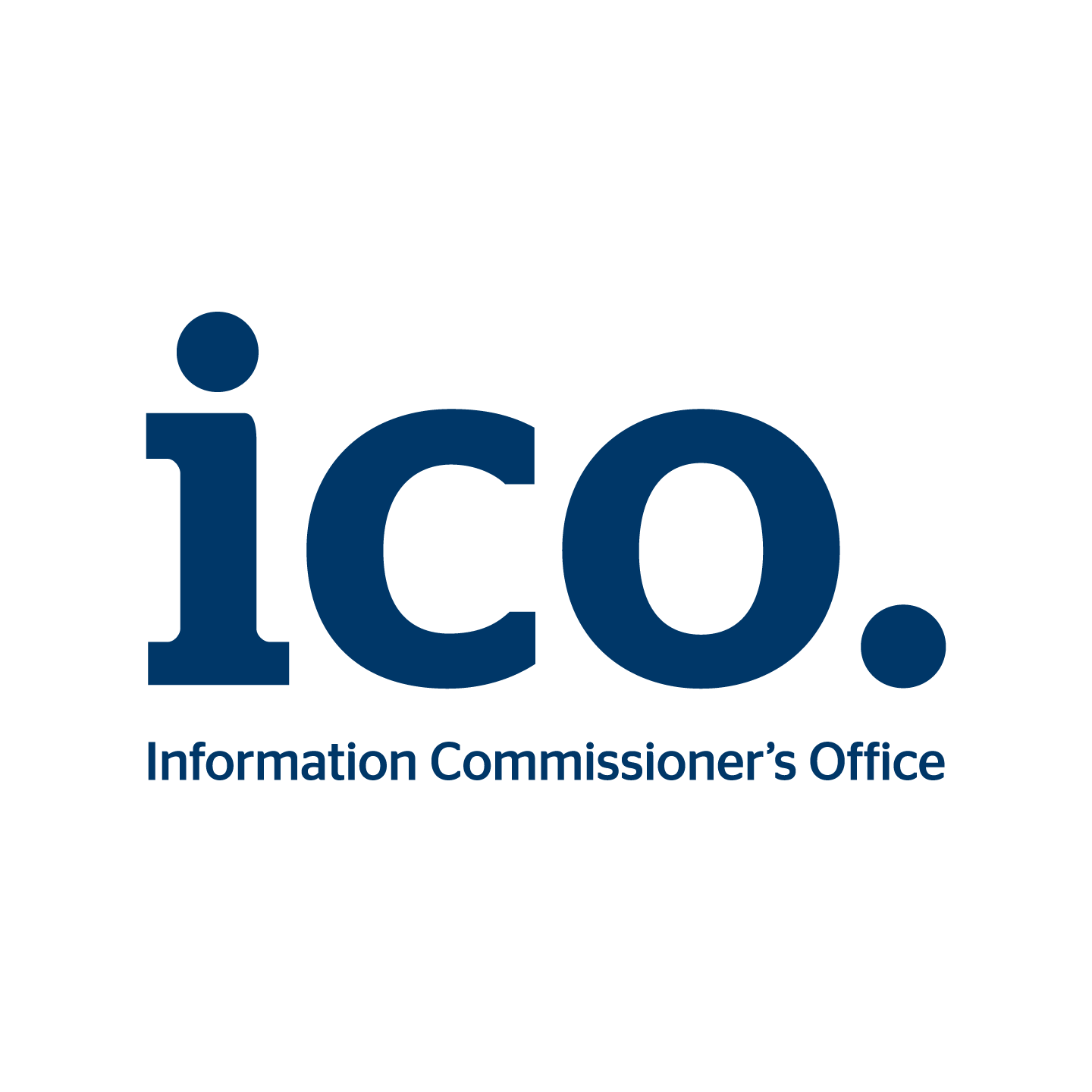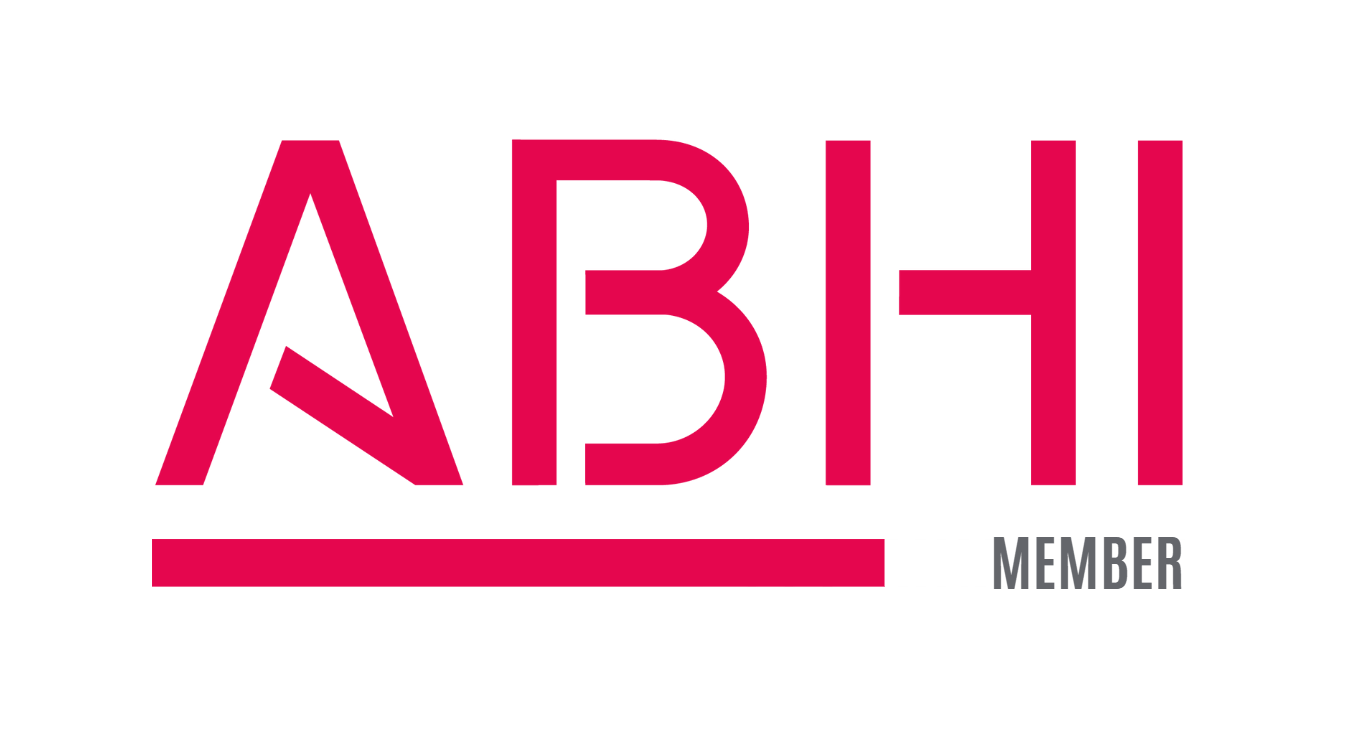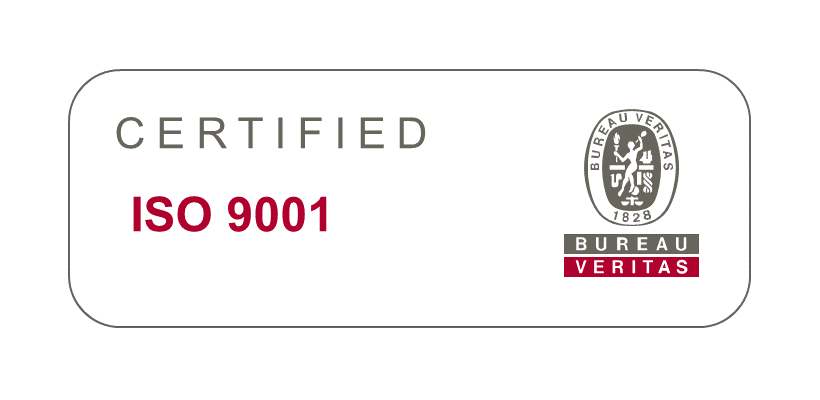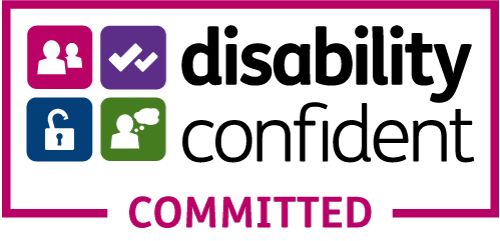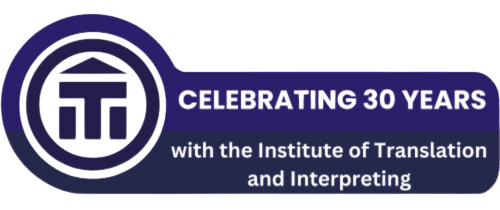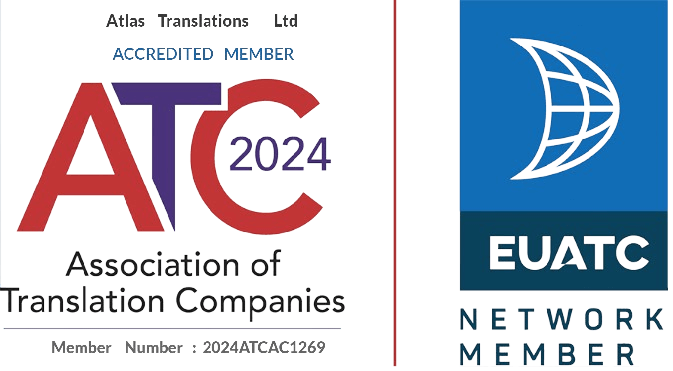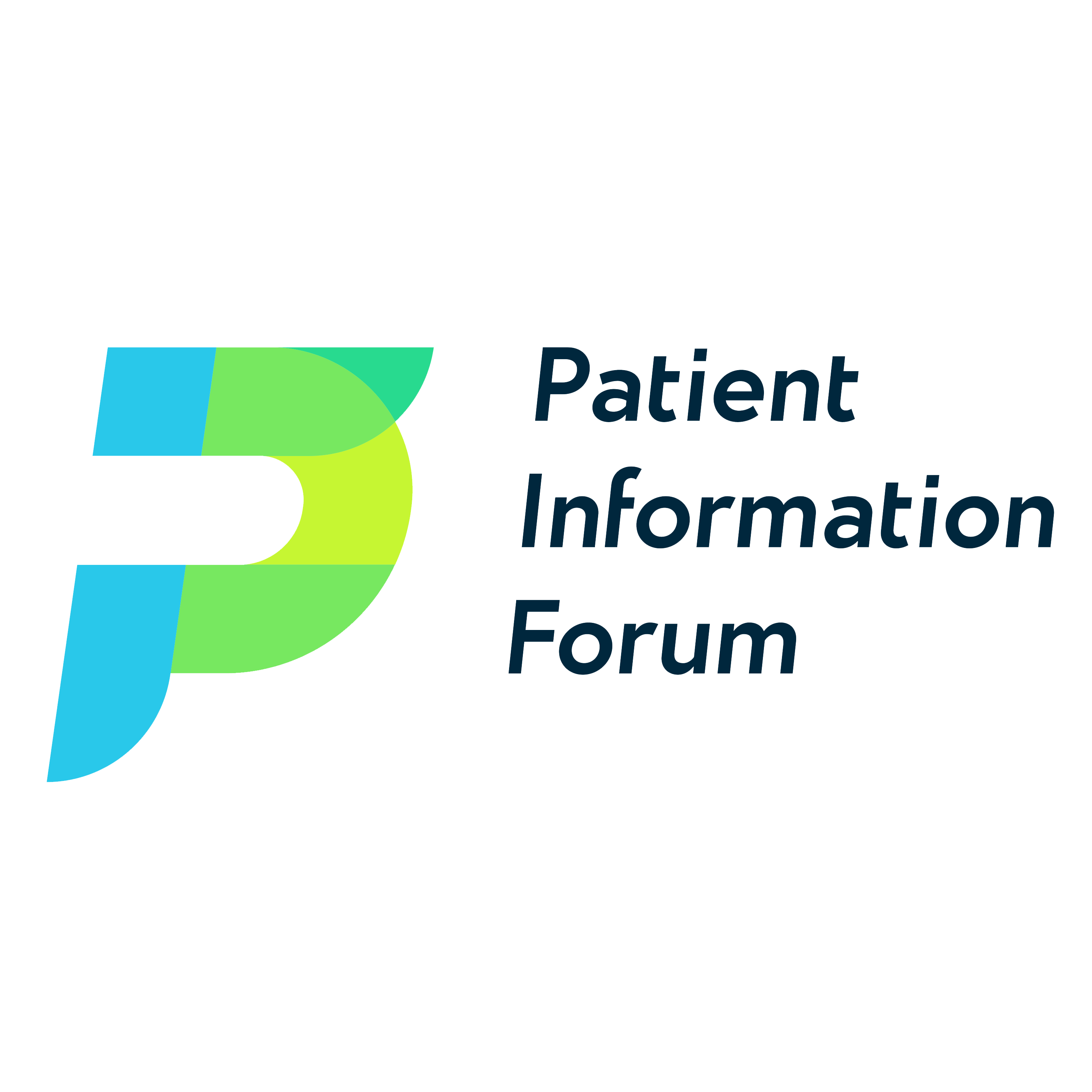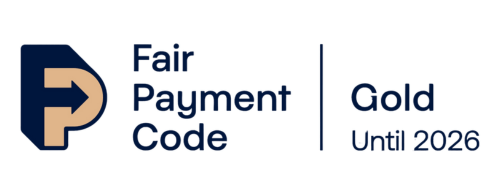Atlas Translations: Translation into Finnish
Translation into Finnish
Finnish is one of the few languages which are spoken in Europe but which do not belong to the Indo-European family group. Like Estonian, spoken across the Gulf of Finland, it is a member of the Finno-Ugric languages, which make up the main branch of the Uralic family.
Besides being spoken by over 5 million people in Finland itself, there are also sizable communities of Finnish speakers in Sweden (almost half a million), Norway, and Russia, and there are almost 170,000 people in Estonia who speak it as a second language.
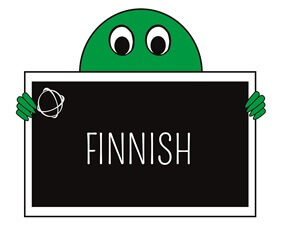
History of Finnish
The most ancient ancestor of Modern Finnish, and the other main languages to which it is related, is known as Proto-Uralic, and is believed to have been spoken roughly 2000 to 7000 years ago. But it is estimated that Finnish was only brought to the lands which make up today’s Finland around 1500 years ago, possibly by the mercantile peoples who then lived south of the Baltic Sea.
The oldest known example of actual written (or carved rather) Finnish dates back to the middle of the 13th Century – a birch-bark letter from Novgorod, which is of course in modern day Russia. It hasn’t been easy to work out quite what it means, but it might be some sort of spell (spooky…).
A proper standardised version of the language came into being in the 16th Century, as with many other languages, through religion. The Bishop of Turku, Mikael Agricola (often known now as the “father of literary Finnish”) translated the New Testament into Finnish in 1548 which set the standard for the written language.
Finnish Grammar and Phonology
The alphabet actually contains only 21 letters in total: 13 consonants (d, g, h, j, k, l, m, n, p, r, s, t, v) and 8 vowels (a, e, i, o, u, y, ä, ö). Other letters, which are commonly found in many other European languages (b, c, f, q, w, x, z), tend to be used only for loanwords. There is only one sound for every letter, one letter for every sound, and the stress always lies on the first syllable of a word. The language makes no distinction as to gender (hän means both ‘he’ and ‘she’), and no articles at all (definite or indefinite).
While still all sounds relatively simple, Finnish is unquestionably a difficult language to learn once you get into the vocabulary. The majority of the words which make up the language’s vocabulary bear little to no similarity to those used in Indo-European languages. Even the names for different countries can be very different and difficult to work out: Suomi (Finland), Ruotsi (Sweden), Tanska (Denmark), Saksa (Germany), Ranska (France), and Venäjä (Russia). The grammar can be very complicated as well, just when you look at the huge number of different grammatical cases. Whereas German has four, Latin five, and Russian six, Finnish has fifteen in total! Aside from the more common nominative, genitive, partitive, and ablative, there is the abessive (used to express an absence of something), the elative case (which more or less carries the meaning ‘out of’), and many more.
The most commonly used word of Finnish origin which has entered everyday usage in English is sauna. In recent times Finnish has been borrowing more and more words from English, often related to the IT sector, although it does adapt them to suit Finnish spelling, pronunciation, and grammar. So you have words like ‘spammata’, ‘googlata/googletta’, ‘printata’, and ‘skannata’ (meaning to spam, google, print, and scan respectively, though you can probably guess that yourself).
Finnish words you ought to know
jääkaappi (ice cupboard) = refrigerator
tietokone (knowledge machine) = computer
juoksumatto (running carpet) = treadmill
arpakuutio (lottery cube) = die (as in dice!)
lentokonesuihkuturbiinimoottoriapumekaanikkoaliupseerioppilas
= ”aeroplane jet turbine engine auxiliary mechanic non-comissioned officer student”
(OK, so maybe the last one wouldn’t be helpful in some situations…)

